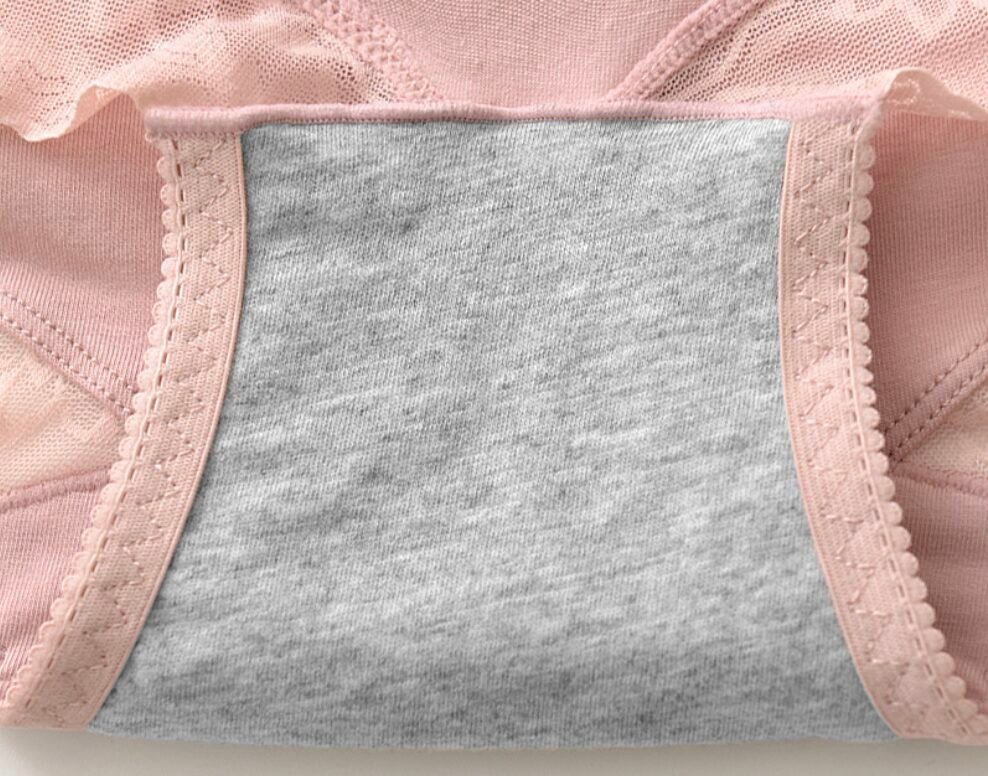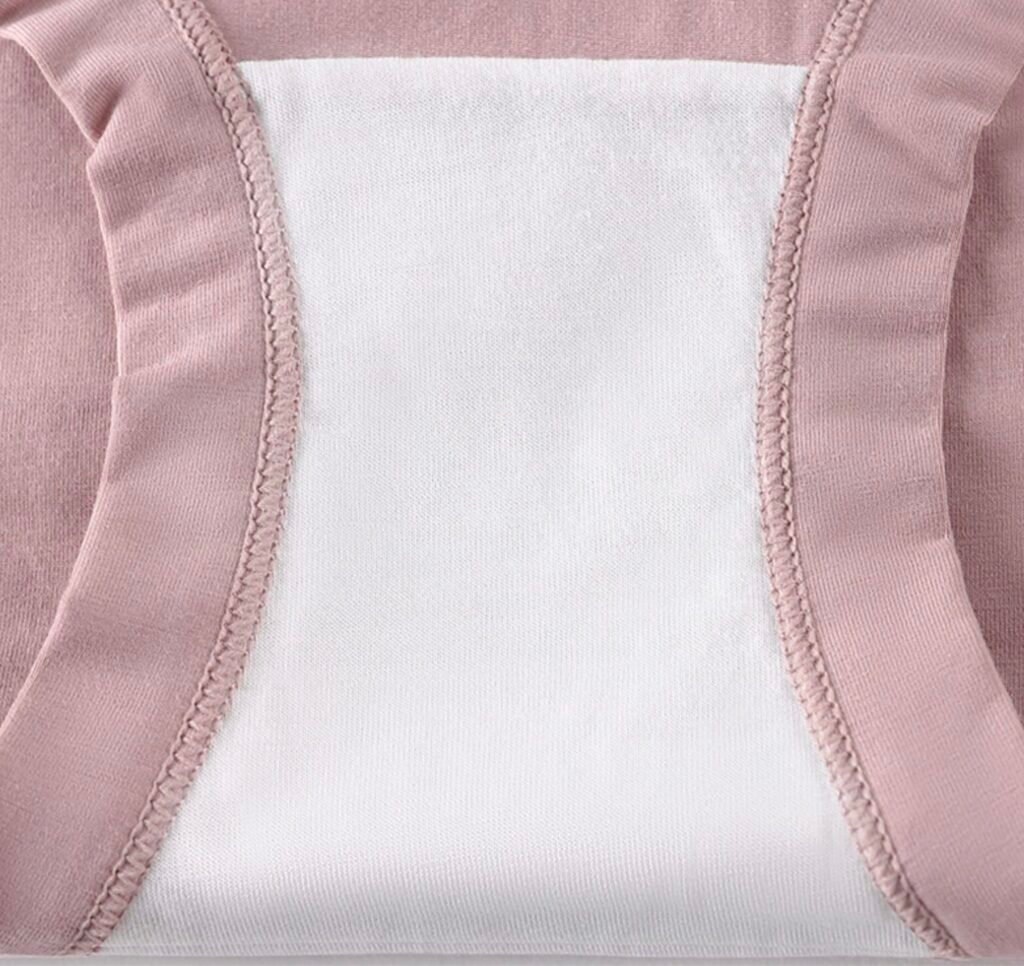After 17 years sourcing fabrics for global brands, I’ve learned one hard truth: most ‘antimicrobial’ labels are marketing fairy tales. Today, I’ll cut through the BS with lab data and factory realities—so you engineer products that actually protect consumers.
1. The Brutal Science: Structural vs. Additive Technologies
Structural Warriors (Born to Kill)
- Copper-Embedded Fibers (CIAA 7A):
- Science: Cu⁺ ions rupture bacterial cell walls (ISO 20743)
- Proof: 18% copper in underwear gussets → 99.8% E. coli reduction in 60 mins
- Cost: It will raise costs but lasts 100+ washes (GB/T 20944.3)
- Bamboo Charcoal Fusion (CIAA 5A):
- Science: 1200㎡/g micropores trap microbes (GB/T 12496)
- Proof: 25% bamboo charcoal in thermal armpits → 93% odor adsorption (ISO 17299-3)
- Cost: It will raise costs about $0.2/unit


Additive Traps (Washes Off)
| Technology | Claim | Reality | CIAA Grade |
|---|---|---|---|
| Silver Ions | “99.9% kill” | Fades after 25 washes | 3A级 (Failed) |
| Zinc Oxide | “Odor control” | Yellows in UV light | 4A级 |
| Triclosan | “All-day” | Banned in EU (toxic) | 0级 |
💀 Factory Reality: 68% of additive-treated fabrics fail ISO 20743 after 30 washes.
2. Blending for Victory: Real-World Applications
By Product Category
| Product | Enemy | Winning Blend | Performance Gain |
|---|---|---|---|
| Underwear | Crotch odor | Cotton + 18% Copper Fiber | 99.8% bacteria kill (ISO 20743) |
| Loungewear | Static & pilling | Modal + 15% Polyamide | 0% pilling @50 washes (ISO 12945) |
| Thermals | Sweat stink | Wool + 20% Bamboo Charcoal | 90% odor reduction @12h wear |
| Tees | Armpit stains | Pima Cotton + 30% Tencel™ | 70% faster drying (AATCC 195) |
3. The Golden Rule: Test, Don’t Trust
Never buy antibacterial claims without:
- CIAA 7A级/ISO 20743 reports (proves >99% kill rate)
- Wash durability data (demand 50-cycle results)
- Material composition proof (reject “spray-on” tech)
✅ SLOG in Action: We saved a client $500K by switching from silver-ion to copper-core yarn—recall rate dropped 80% .
Coming Next: Seamless vs. Sewn – The Engineering Truth Behind Comfort & Durability
Beyond the hype: How invisible stitches and traditional seams redefine comfort. In our next Technical Insight, we dissect:
- The Birth Process:
Seamless underwear emerges fully formed from 3D circular knitting machines (18-24 gauge), wrapping the body like a second skin. In contrast, sewn pieces are cut from fabric rolls and joined with lockstitch or overlock techniques (ISO 4915 standard), creating structured but seamed garments.- The Comfort Divide:
Seamless technology eliminates ridges and tags, reducing skin friction by up to 92% (ASTM D4157 test data) – ideal for high-intensity sports where chafing ruins performance. Sewn construction, however, allows strategic reinforcement at stress points (like waistbands and gussets), making it indispensable for heavyweight thermals carrying insulation layers.- The Mobility Battle:
While seamless offers 360° uniform stretch for unrestricted yoga or cycling, sewn garments provide directional support. Think of seamless as liquid motion in athletic boxers, versus sewn’s corset-like precision in sculpting loungewear silhouettes.- Durability Realities:
Seamless lives and dies by fiber strength – a weak yarn fails catastrophically. Sewn pieces trade absolute fiber reliance for seam integrity, surviving 3X longer in high-tension zones (ISO 13935-2 seam strength tests).Want deeper analysis? Email me at carter@xiyigarments.com like: *”How does 24-gauge knitting impact compression in sports bras?”






